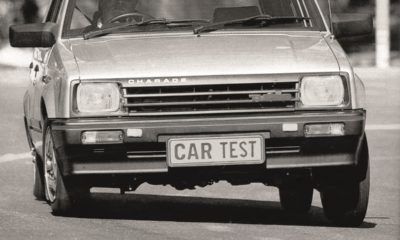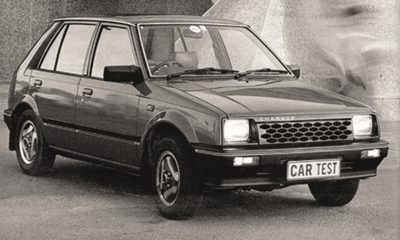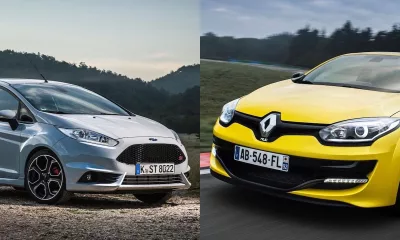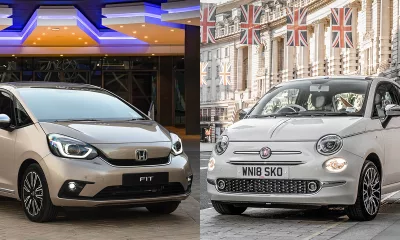Founded in 1907 by Hatsudoki Seizo as an engine manufacturer, Daihatsu is Japan’s oldest motor company. Vehicle production began in 1960 in the Osaka region and the company specialised in diesel mini trucks before branching out to cars; the first, a 1,0-litre, four-cylinder sedan called the Compagno Berlina. Early Charades even competed in the Monte Carlo Rally and East African Safari in 1981 and 1982, respectively. In 1983, the Alfa Romeo factory in Brits took on a project that introduced the Daihatsu name to the South African passenger car market.
PACKAGING
Despite its diminutive frame, the Charade’s neat packaging gave it a spacious interior with seating for five adults. The boot accommodated 170 litres of packing space with folding rear seats freeing up 740 litres of utility space. Instrumentation is spartan; the Turbo substitutes a boost pressure gauge with a green light that merely tells you there is some boost occurring, which is wonderfully quaint.
If it’s an old-school turbopetrol with full-blown instrumentation that blows your hair back, rather look at the Uno Turbo.

POWERTRAIN
The basic three-cylinder engine produced modest outputs of 36 kW and 71 N.m of torque and weighed just 92 kg but the turbo upped the wick on the inline-three to 68 kW and 105 N.m. The mass of the turbo-powered car was a mere 720 kg, giving it a competitive power-to-weight ratio.
With a strengthened cylinder head, turbocharger, stronger pistons, tougher crankshaft, oil cooler and a larger radiator, it was good for a zero to 100 km/h sprint time of 10,52 seconds. Gearing was shortened but the final drive lengthened to achieve its maximum speed of 159 km/h at 5 000 r/min in top gear. The compression ratio was dropped from 9,5 to 8,0 to 1. Unlike modern turbocharged powerplants, the Charade makes do with a twin-choke carburettor and contact breaker ignition. One benefit of the engine’s miniaturised packaging is that the lightweight IHI turbo has minimal lag. The conservative Japanese did not over-boost the engine though and maximum boost pressure was limited to less than half a bar. No doubt some robot racers would have increased this.

SUSPENSION AND STEERING
MacPherson struts upfront and a beam axle with coil springs and Panhard rod at the rear were fitted with anti-roll bars at both ends. Steering was rack and pinion without assistance, and the braking disc/drums.
WHICH ONE TO GET
The turbo will be the most fun by far, as long as the condition is acceptable. Proper maintenance would make for a rewarding classic, still able to turn some heads at shows and racetracks alike. Turbo overhaul has become less expensive with time but some parts will have to be imported. Standard models were CX and CXL with the latter adding metallic paint, alloy wheels and sports seats. Incidentally, for other turbos of the day, you should consider the Nissan Exa Turbo and the Mitsubishi Tredia Turbo.
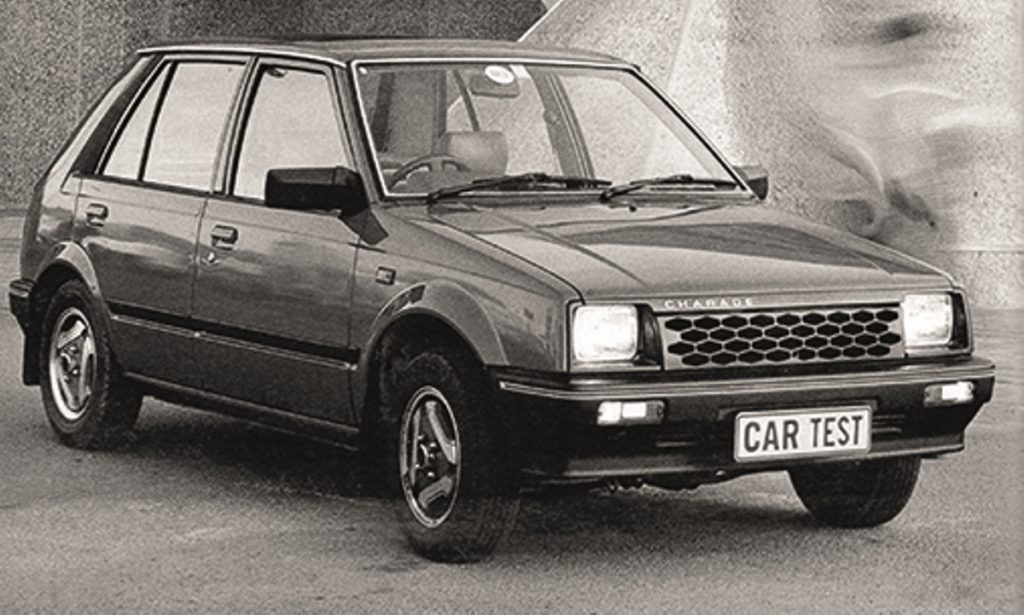
AVAILABILITY AND PRICES
Very few have survived but, thanks to the lack of serious rust away from the coast, you may be able to locate one, given time. Prices will not be expensive as it’s a compact, niche product.
Model: Daihatsu Charade Turbo 0 to 100 km/h: 10,52 seconds Top speed: 159 km/h
Fuel index: 5,70 L/100 km (at 100 km/h) Price: R9 995 CAR test: January 1985 plus one other




